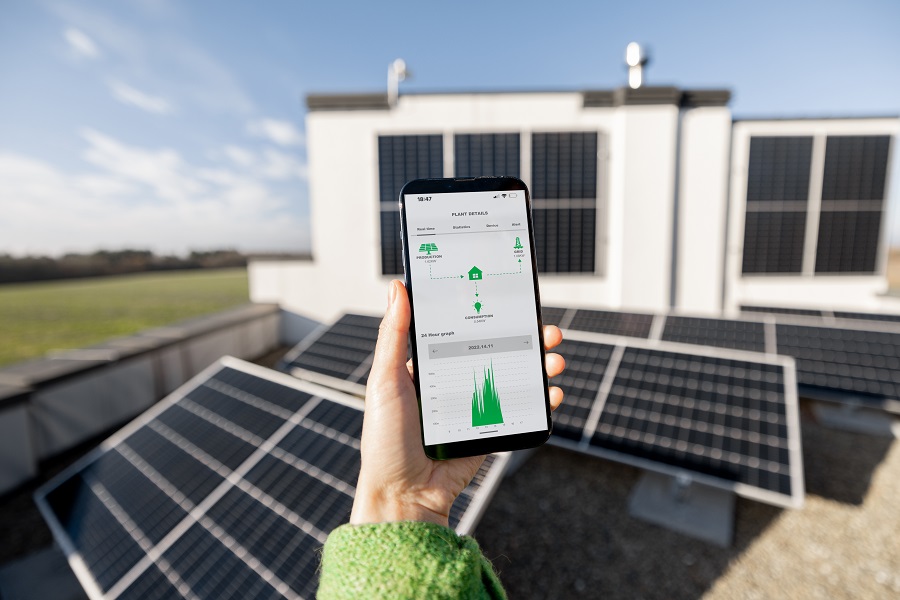Future of Mobile
Introduction
The smartphone industry has come a long way from simple communication devices to powerful handheld computers. As we move closer to 2030 and beyond, smartphones are set to undergo another revolutionary transformation. With the rise of AI integration, foldable technology, 5G and 6G networks, and sustainability trends, the future of smartphones promises to be more intelligent, adaptive, and immersive than ever before.
Future phones may feature stretchable or transparent screens that adapt to your needs — transforming from a compact device into a tablet or even a wearable screen.
These displays will use ultra-thin glass and graphene layers, making them durable, flexible, and lightweight.
Future devices will anticipate your actions, learn from your habits, and optimize themselves in real time. Imagine a phone that automatically adjusts its interface for your mood, battery level, or lighting conditions.
AI-powered personal assistants will become context-aware, offering seamless control over smart homes, vehicles, and daily tasks.
For example, making a video call could mean seeing a life-size projection of your friend in front of you. Gaming, shopping, and education will also shift toward immersive, holographic experiences — making smartphones central to the AR revolution.
By 2030, expect phones that are not only more powerful but also environmentally responsible.
Companies may adopt solar-powered charging, long-lasting batteries, and easy repair options to reduce electronic waste.
Eco-friendly phones won’t just be a trend — they’ll be a global standard.
Expected around 2030, 6G networks will deliver data speeds up to 100 times faster than 5G, supporting instant cloud computing, advanced virtual reality, and interconnected smart cities.
Your smartphone will act as a universal hub — linking seamlessly with IoT devices, vehicles, healthcare systems, and even digital identity platforms.
AI-driven cybersecurity will detect and block hacking attempts in real time, giving users complete control over their personal data.
By 2030, your smartphone might act as a digital ID, storing passports, medical records, and banking details with top-tier encryption.
This means lag-free gaming, instant rendering, and smarter AI algorithms — all packed inside a pocket-sized device.
1. Foldable and Flexible Displays
One of the most exciting innovations shaping the future of smartphones is foldable and rollable displays. Brands like Samsung, Motorola, and Oppo have already introduced foldable models, but by 2030, this technology will become mainstream.Future phones may feature stretchable or transparent screens that adapt to your needs — transforming from a compact device into a tablet or even a wearable screen.
These displays will use ultra-thin glass and graphene layers, making them durable, flexible, and lightweight.
2. Artificial Intelligence: The Smartest Evolution
AI is already present in smartphones through features like voice assistants, predictive text, and camera enhancements. However, by 2030, AI will be the core of smartphone intelligence.Future devices will anticipate your actions, learn from your habits, and optimize themselves in real time. Imagine a phone that automatically adjusts its interface for your mood, battery level, or lighting conditions.
AI-powered personal assistants will become context-aware, offering seamless control over smart homes, vehicles, and daily tasks.
3. Holographic and Augmented Reality Displays
The next decade could see smartphones equipped with holographic projectors or AR interfaces. Instead of looking at a flat screen, users may interact with 3D holograms floating in the air.For example, making a video call could mean seeing a life-size projection of your friend in front of you. Gaming, shopping, and education will also shift toward immersive, holographic experiences — making smartphones central to the AR revolution.
4. Sustainable and Eco-Friendly Designs
Sustainability will be a key priority in future smartphone design. Manufacturers are already experimenting with recycled materials, modular parts, and biodegradable components.By 2030, expect phones that are not only more powerful but also environmentally responsible.
Companies may adopt solar-powered charging, long-lasting batteries, and easy repair options to reduce electronic waste.
Eco-friendly phones won’t just be a trend — they’ll be a global standard.
5. 6G and Hyper-Connectivity
Just as 5G has transformed mobile connectivity, 6G technology will redefine the boundaries of speed and communication.Expected around 2030, 6G networks will deliver data speeds up to 100 times faster than 5G, supporting instant cloud computing, advanced virtual reality, and interconnected smart cities.
Your smartphone will act as a universal hub — linking seamlessly with IoT devices, vehicles, healthcare systems, and even digital identity platforms.
6. Enhanced Mobile Security and Privacy
As phones become smarter, data privacy will become even more critical. Future smartphones will rely on biometric innovations such as facial mapping, voice recognition, and even heartbeat identification.AI-driven cybersecurity will detect and block hacking attempts in real time, giving users complete control over their personal data.
By 2030, your smartphone might act as a digital ID, storing passports, medical records, and banking details with top-tier encryption.
7. The Role of Quantum and Cloud Computing
Quantum computing could also play a significant role in the future of mobile devices. With ultra-fast processing power and cloud-based AI, phones will handle massive computations effortlessly, from real-time translation to advanced simulations.This means lag-free gaming, instant rendering, and smarter AI algorithms — all packed inside a pocket-sized device.
8. Beyond 2030: The Smartphone as an All-in-One Device
By the 2030s, the line between smartphones, wearables, and computers will blur. Future devices may integrate directly into smart glasses, wristbands, or neural interfaces, allowing hands-free control via voice or thought.
Your “phone” might not even look like a phone — it could be part of a wearable ecosystem that keeps you connected, informed, and productive without a physical screen.
Tags:
NEWS




